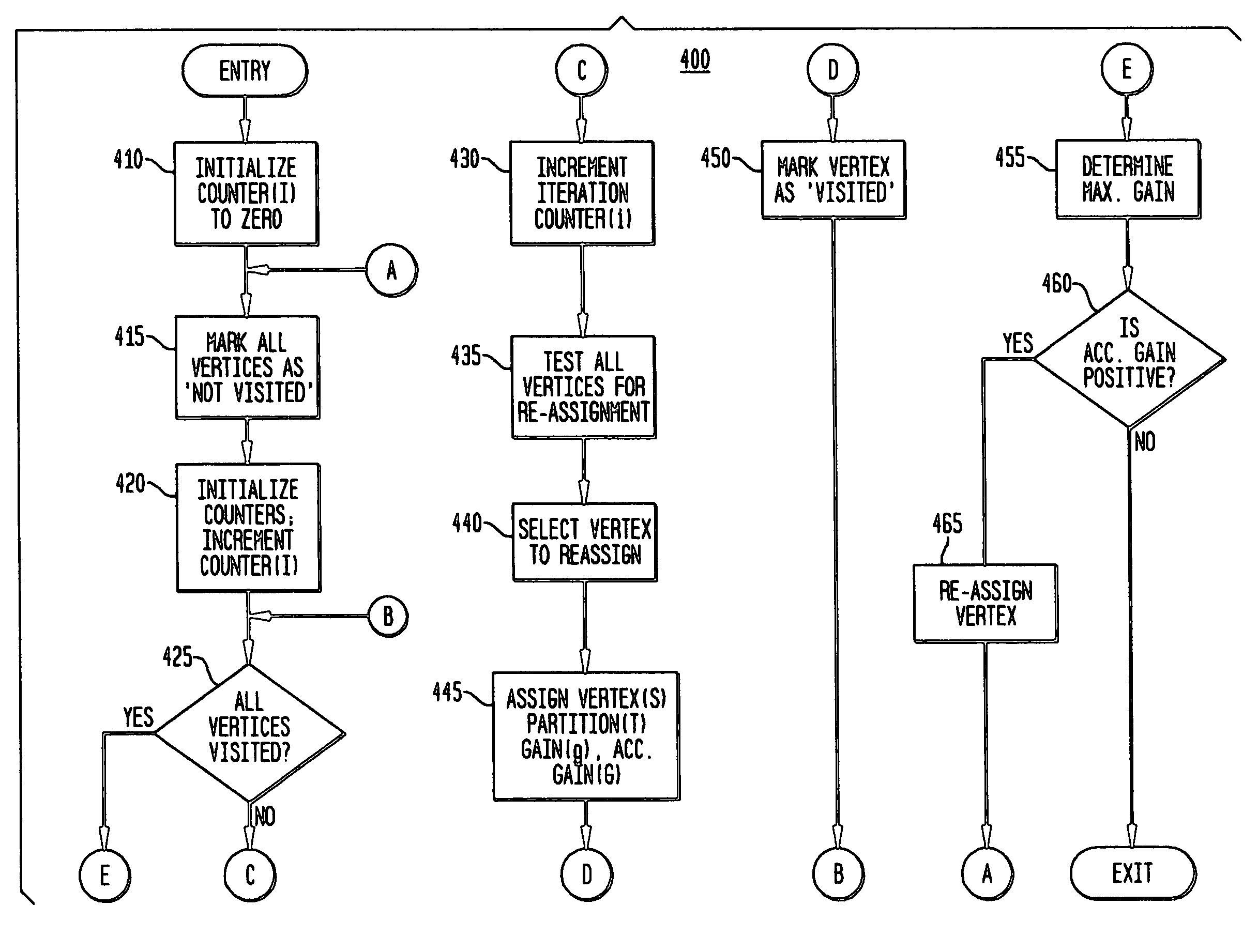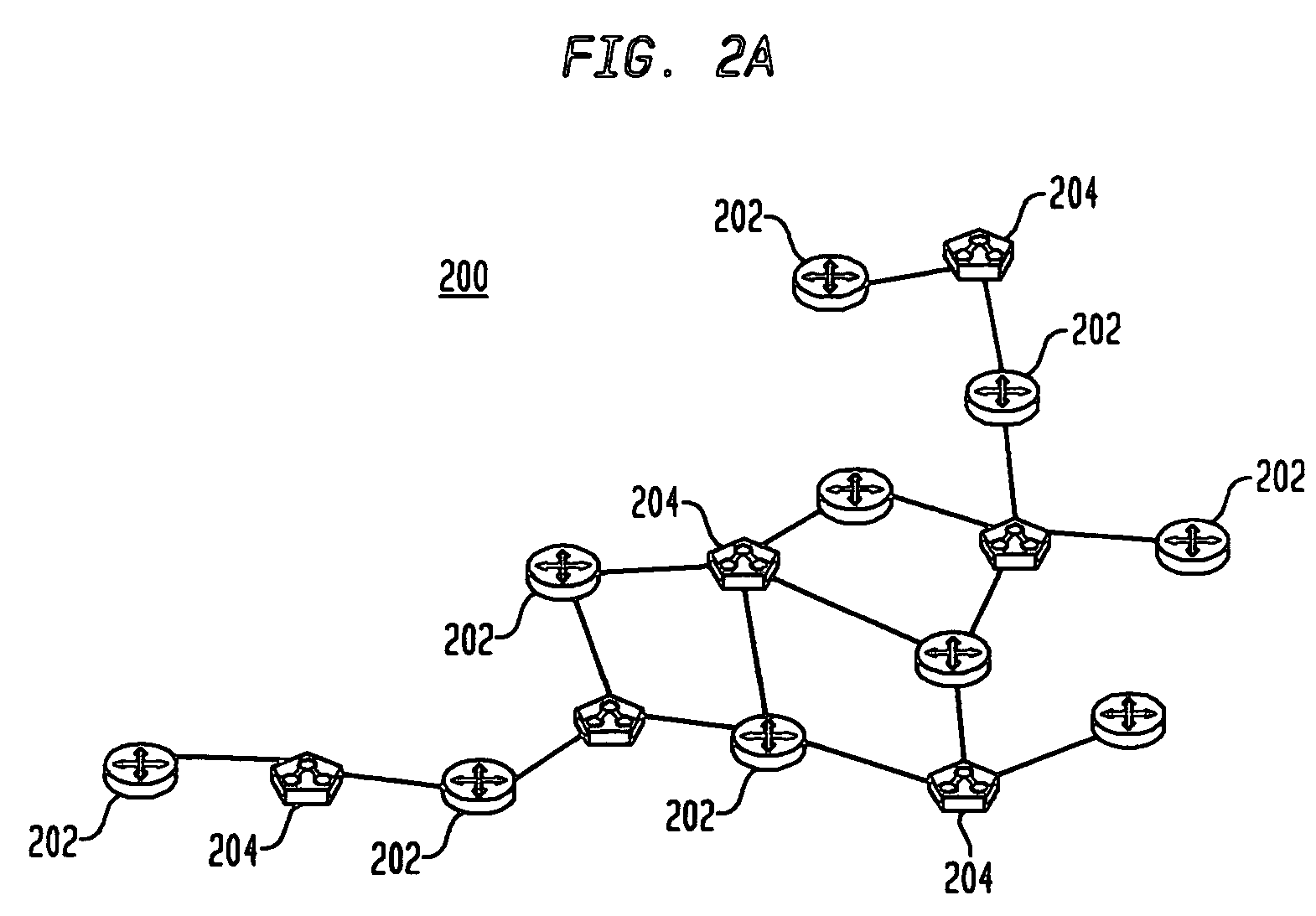Method and apparatus for arranging distributed system topology among a plurality of network managers
a distributed system and network manager technology, applied in the field of network and distributed systems, can solve the problems of unsustainable computational burden on the management system, the size of the network or the system being managed, and the performance limitation of the management system
- Summary
- Abstract
- Description
- Claims
- Application Information
AI Technical Summary
Benefits of technology
Problems solved by technology
Method used
Image
Examples
Embodiment Construction
[0021]FIG. 1 illustrates a block diagram 100 of an exemplary process for organizing, allocating or splitting a network topology to be managed by a distributed management system. The original network system topology, shown in block 110, is provided to block 120, which creates a representation, referred to herein as a model, of the network system topology. As would be recognized, model generation may be automated, using known strategies, or it may be generated manually.
[0022]The generated model is then provided to block 140, wherein an initial assignment or split of the network topology is performed. The initially split topology is then provided to block 150 where adjustments are applied to the topology based on known or desired criterion (criteria). The resultant split topology, as shown in block 190, is provided to the management system 115, which utilizes the determined split topology for the management functions.
[0023]Incremental changes to the network may also be captured and mod...
PUM
 Login to View More
Login to View More Abstract
Description
Claims
Application Information
 Login to View More
Login to View More - R&D
- Intellectual Property
- Life Sciences
- Materials
- Tech Scout
- Unparalleled Data Quality
- Higher Quality Content
- 60% Fewer Hallucinations
Browse by: Latest US Patents, China's latest patents, Technical Efficacy Thesaurus, Application Domain, Technology Topic, Popular Technical Reports.
© 2025 PatSnap. All rights reserved.Legal|Privacy policy|Modern Slavery Act Transparency Statement|Sitemap|About US| Contact US: help@patsnap.com



